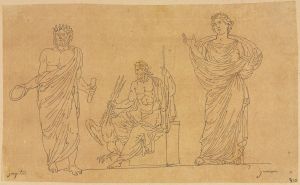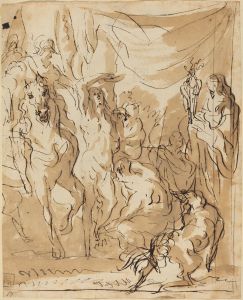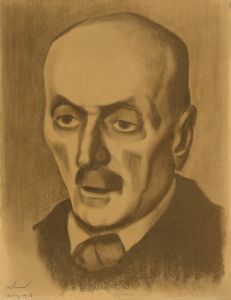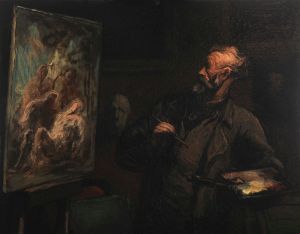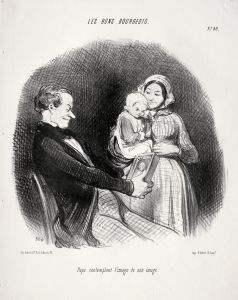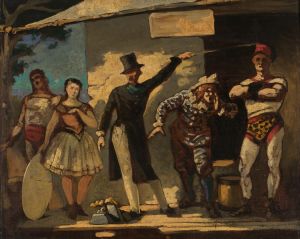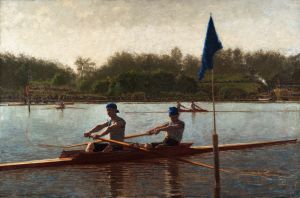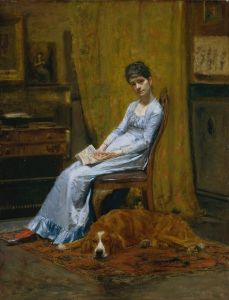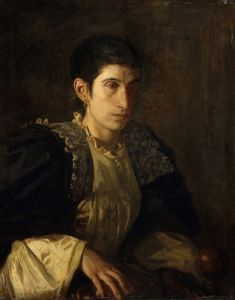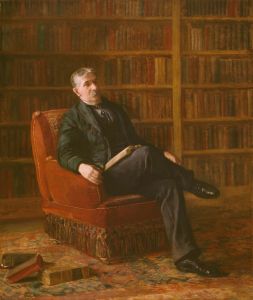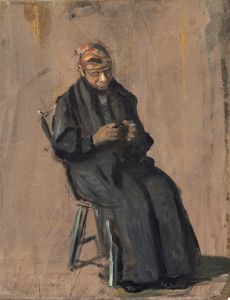
Monsignor James P. Turner
A hand-painted replica of Thomas Eakins’s masterpiece Monsignor James P. Turner, meticulously crafted by professional artists to capture the true essence of the original. Each piece is created with museum-quality canvas and rare mineral pigments, carefully painted by experienced artists with delicate brushstrokes and rich, layered colors to perfectly recreate the texture of the original artwork. Unlike machine-printed reproductions, this hand-painted version brings the painting to life, infused with the artist’s emotions and skill in every stroke. Whether for personal collection or home decoration, it instantly elevates the artistic atmosphere of any space.
"Portrait of Monsignor James P. Turner" is a painting by the renowned American artist Thomas Eakins, completed in 1906. Eakins, known for his realistic portrayal of subjects and his dedication to capturing the human form, was a prominent figure in American art during the late 19th and early 20th centuries. His work often focused on individuals from various walks of life, reflecting his interest in human character and the complexities of personal identity.
Monsignor James P. Turner was a Catholic priest based in Philadelphia, Pennsylvania, where Eakins spent much of his career. Turner was a well-respected figure within the local community, known for his religious devotion and service. The portrait was commissioned to honor Turner's contributions to the church and the community, and it stands as a testament to Eakins' ability to convey the dignity and presence of his subjects.
The painting is executed in oil on canvas, a medium Eakins frequently employed to achieve the depth and realism for which he is celebrated. In this portrait, Eakins captures Monsignor Turner seated, dressed in clerical attire, with a serene and contemplative expression. The background is understated, drawing attention to the subject's face and hands, which are rendered with meticulous detail. Eakins' use of light and shadow enhances the three-dimensionality of the figure, a technique he mastered through his studies of anatomy and his practice of working from live models.
Eakins' approach to portraiture was deeply influenced by his academic training and his exposure to European art, particularly the works of Spanish and Dutch masters. His commitment to realism often involved extensive preparatory work, including sketches and studies, to ensure accuracy in his depictions. This dedication is evident in the "Portrait of Monsignor James P. Turner," where the lifelike representation reflects both the physical likeness and the inner character of the sitter.
The painting is part of Eakins' broader body of work that includes portraits of other notable figures of his time, such as scientists, musicians, and fellow artists. His portraits are celebrated for their psychological depth and the way they capture the essence of the individuals portrayed. Eakins' ability to convey the personality and status of his subjects has earned him a lasting reputation as one of America's foremost portrait painters.
Today, "Portrait of Monsignor James P. Turner" is held in a private collection, and it continues to be studied and admired by art historians and enthusiasts. It exemplifies Eakins' mastery of portraiture and his contribution to American art, highlighting his skill in capturing the human spirit with honesty and precision. The painting remains an important part of Eakins' legacy, reflecting his influence on the development of modern portraiture and his enduring impact on the art world.





